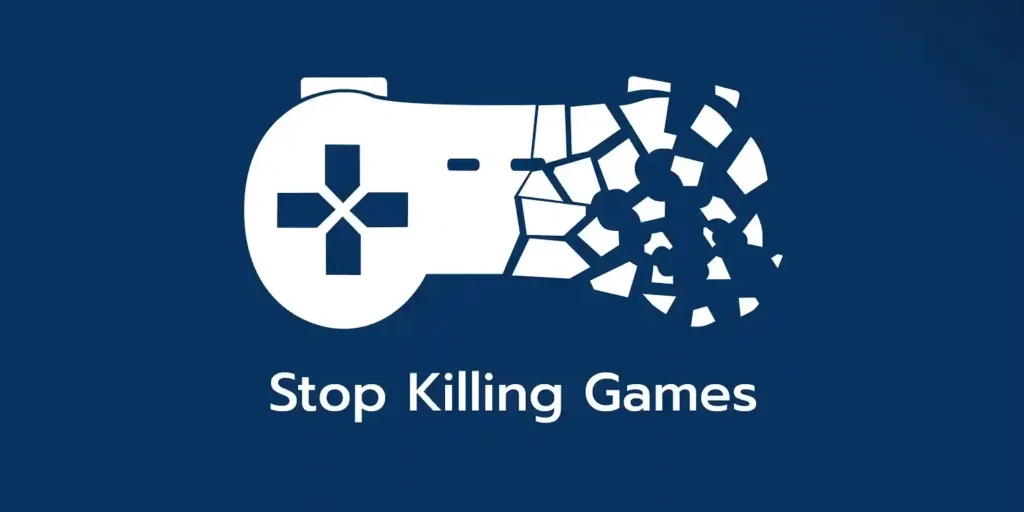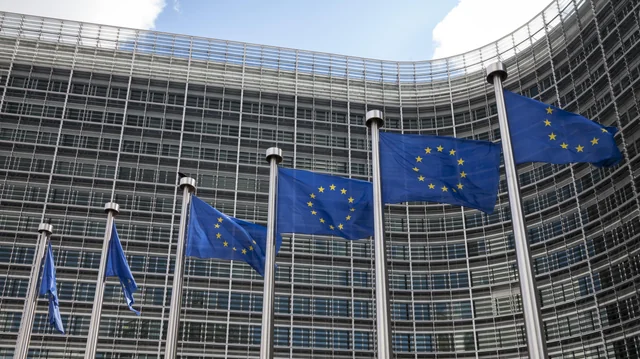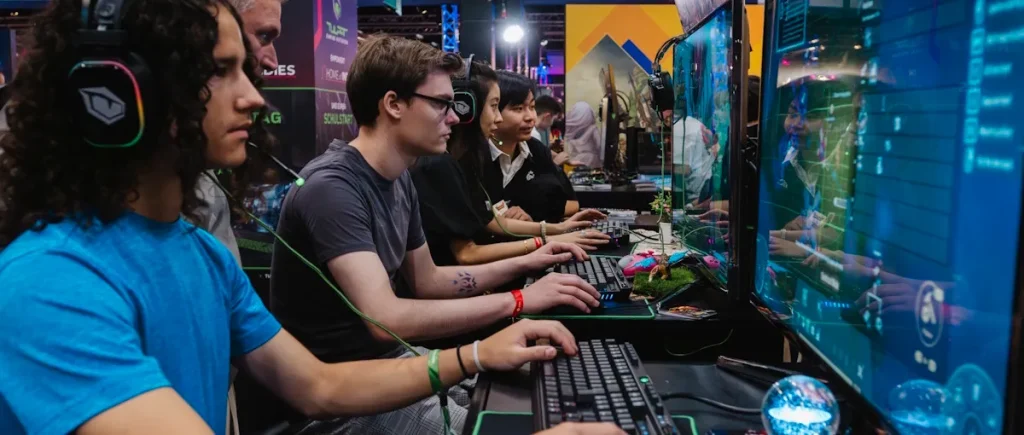
The Controversial Rise of ‘Stop Killing Games’
In the rapidly evolving world of video games, the ‘Stop Killing Games’ initiative has emerged as a powerful voice against the glorification of violence within the gaming industry. What began as a grassroots movement has grown into a contentious debate that has sparked significant controversy within both the gaming community and broader society. The initiative advocates for a shift towards more responsible gaming content, one that moves away from violence and destructive behavior, and encourages empathy and education.
However, the rise of ‘Stop Killing Games’ has been met with a strong, organized backlash from the gaming industry, particularly from developers and major players who have made false claims to discredit the movement. This article aims to dissect the industry’s false claims, the tactics employed to undermine the initiative, and the ultimate impact of the ‘Stop Killing Games’ campaign. We will also explore the conclusions drawn from this ongoing conflict and assess the movement’s future.
The Birth of ‘Stop Killing Games’ Initiative
The ‘Stop Killing Games’ initiative was launched with the objective of addressing the increasing levels of violence and harmful content in video games. The primary argument put forward by the initiative is that the relentless depiction of violence within video games contributes to the desensitization of players, particularly young ones, to real-world violence. Furthermore, it suggests that such games often encourage aggressive behaviors, which may have harmful psychological and social implications.
Central to the initiative’s stance is the belief that video games have the potential to be a force for good. Rather than being dominated by violent themes, they can promote positive messages and more meaningful narratives that foster creativity, critical thinking, and emotional intelligence. By calling for a shift in content, ‘Stop Killing Games’ aimed to foster a new era in gaming—one that emphasizes responsibility over entertainment that glorifies violence.
The Industry’s Response: An Aggressive Backlash
From the moment ‘Stop Killing Games’ began gaining traction, it faced a fierce and organized opposition from many in the gaming industry. Rather than engaging with the initiative in an open dialogue, several influential figures within the industry resorted to tactics aimed at undermining the movement and discrediting its supporters. One of the most prominent strategies was the spread of false claims that painted the initiative in a negative light.
A key false claim leveled against the movement was that it was an anti-gaming movement. Industry representatives argued that ‘Stop Killing Games’ was seeking to ban video games altogether, dismissing them as inherently harmful. This accusation implied that the movement sought to stifle the freedom of expression that is crucial to the creative process in game design.
Furthermore, critics of the initiative spread the idea that it was attempting to impose a moralistic agenda, pushing a form of censorship on the gaming industry. These false narratives suggested that the initiative’s supporters were out of touch with the nature of gaming culture, where themes of action, conflict, and violence are often central to storytelling.

False Claims and Their Proliferation: How the Industry Shaped the Narrative
The false claims against ‘Stop Killing Games’ quickly gained momentum, amplified by media outlets, influencers, and some gaming professionals. In particular, certain gaming websites and social media influencers, who were deeply invested in maintaining the status quo, perpetuated these misleading claims. They characterized the initiative as a moral panic rather than a legitimate call for reform, with headlines that painted the movement as a threat to the very fabric of the gaming community.
As the false claims spread, the industry managed to dominate the conversation. The narrative shifted from an important debate about the potential effects of violent content on young audiences to one of fear about censorship and restrictions on creativity. This distraction away from the core message of the initiative led to public confusion and division within the gaming community.
Moreover, critics were quick to claim that the movement lacked an understanding of gaming culture and was motivated by political correctness rather than genuine concern for the well-being of gamers. These accusations painted ‘Stop Killing Games’ as a misguided attempt to impose external standards on a community that prided itself on artistic and narrative freedom.

Defending ‘Stop Killing Games’: Reframing the Narrative
Despite the industry’s aggressive response, proponents of the ‘Stop Killing Games’ initiative stood firm in their belief that the movement was not about eliminating violent games, but about encouraging more mindful and responsible content creation. Supporters emphasized that the initiative was about choice—encouraging the gaming community to offer a broader range of experiences that do not rely on violence as the primary source of entertainment.
Leading mental health experts, educators, and child psychologists rallied behind the initiative, providing evidence that violent video games could have a negative impact on children’s emotional development. They cited research suggesting that exposure to violent media could be linked to increased aggression, desensitization to violence, and negative social outcomes.
Advocates also highlighted the potential for video games to be used as educational tools, promoting critical thinking, empathy, and social problem-solving. Games like ‘Journey,’ ‘Celeste,’ and ‘Stardew Valley’ were pointed to as examples of how games could deliver enriching experiences without resorting to violent themes.

Overcoming the False Claims: Industry Support for Change
Over time, the tide began to turn. As the conversation surrounding ‘Stop Killing Games’ continued, more and more members of the gaming industry began to acknowledge the importance of balancing creative freedom with social responsibility. Several high-profile game developers expressed their support for the initiative, agreeing that while violence had a place in certain types of games, there was also room for more positive and socially conscious content.
Industry leaders and developers recognized that gamers are diverse, and their preferences extend beyond the realms of violence and aggression. By diversifying the types of content available in gaming, developers could not only reach a wider audience but also play an active role in promoting positive mental health and social behaviors.
Additionally, media outlets began to cover the debate in a more nuanced way. Rather than simply echoing the industry’s talking points, many outlets began to highlight the positive aspects of the ‘Stop Killing Games’ initiative, showcasing how games can be both entertaining and responsible. This shift in coverage helped to validate the movement’s message and provided the platform necessary for its continued growth.
The Aftermath: What Happened Next?
While the ‘Stop Killing Games’ initiative did not entirely revolutionize the gaming industry overnight, it sparked a lasting dialogue about the role of violence in video games. The movement’s most significant achievement was its ability to get people talking—both within and outside the gaming industry—about the impact of violent content on players.
Today, many game developers are taking a more thoughtful approach to content creation, with an increasing number of games being released that offer more meaningful, non-violent experiences. The gaming industry is slowly becoming more aware of its power to influence society and is beginning to acknowledge its responsibility to create content that reflects a diverse array of themes.
Furthermore, the debate that ‘Stop Killing Games’ ignited has led to the creation of various initiatives aimed at promoting mental health and well-being in the gaming community. These initiatives, which include games that promote mindfulness, relaxation, and emotional intelligence, are beginning to gain ground, signaling a shift in the industry’s attitude toward the content it produces.

Conclusion: A New Era for Gaming
The false claims made against the ‘Stop Killing Games’ initiative were ultimately unsuccessful in derailing its mission. Through its persistence and clear messaging, the movement has brought much-needed attention to the harmful effects of violence in video games and has laid the groundwork for a more responsible gaming industry. While there is still much work to be done, the movement has sparked a necessary conversation that will continue to influence the development of video games for years to come.
As the gaming industry evolves, it is clear that the future of gaming is not just about entertaining players through violence, but about using video games as a medium for creativity, social change, and positive impact on society. The ‘Stop Killing Games’ initiative, through its advocacy, has helped to pave the way for this new, more thoughtful era in gaming.


